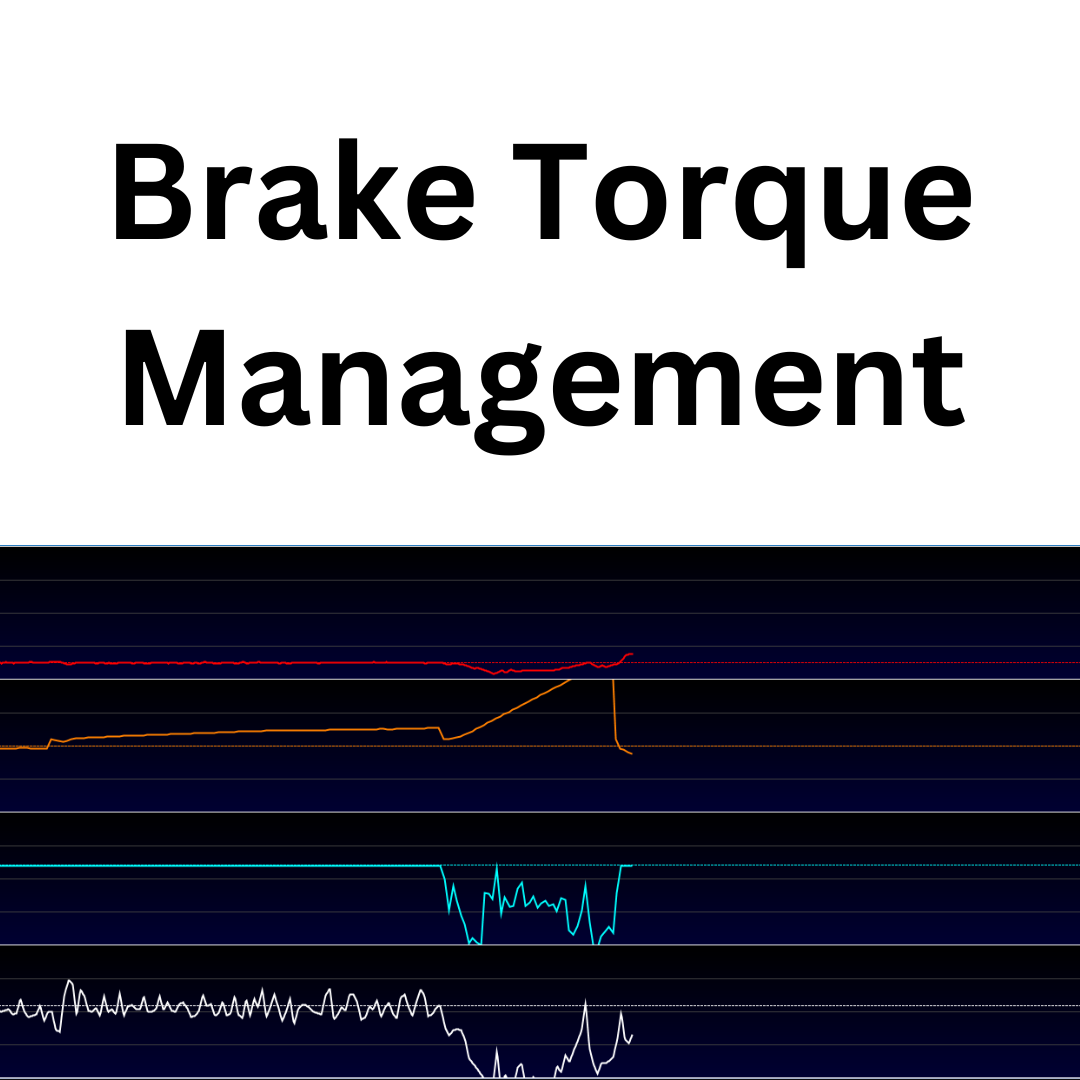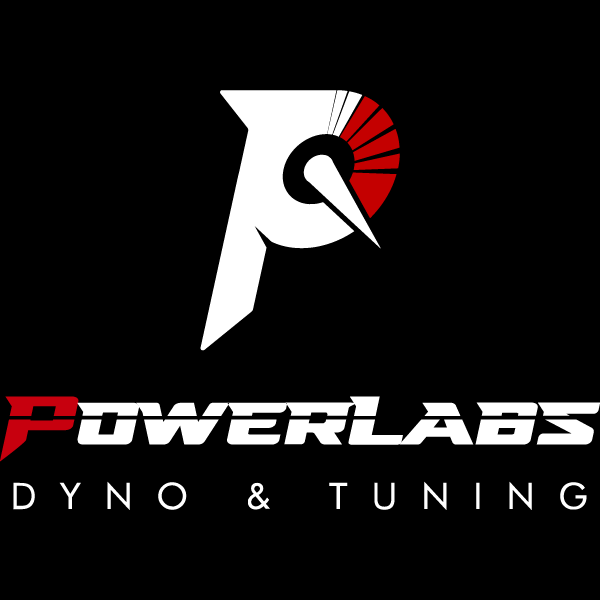
Brake Torque Management - GM Gen 3 Applications
Share
Overview
Brake Torque Management (BTM) is used to limit engine power when the vehicle is in gear with the brakes applied. The purpose of this is to ensure the vehicle does not overpower the brakes when the vehicle is stopped, primarily in scenarios where the throttle is opened and the brakes are applied simultaneously. In our testing, we have found that BTM will reduce engine power using the following control methods:
- Reducing throttle opening on ETC (Electronic Throttle Control) vehicles
- Reducing timing advance (pulling timing)
The only access we have to BTM in these controllers is in the System > General > System Options table. Features in this table will be represented by a 1 (Enabled) or 0 (Disabled) for the corresponding vehicle platform type.


Issues
With aftermarket performance upgrades installed in a vehicle, BTM may incorrectly trigger, due to an increased calculated torque output from the vehicle at idle. This can cause erratic idle behavior and stalling in gear with the brakes applied.
2000 GMC Sierra 1500 5.3L
OS: 9381344
Modifications: Cam swap, long tube headers, torque converter
Analysis
If the vehicle was in Park, Neutral, or reverse, idle was steady and consistent. As soon as the vehicle was put into Drive, with the brake applied and the vehicle stopped, timing would be pulled near or below zero, resulting in erratic idle and the vehicle struggling to stay running.

Dotted lines are reference lines.
Red: Idle Target of 725 RPM
Orange: Idle Adapt (Short Term Idle Trim) with a target of 0 g/s
White: In-Gear idle spark advance target of 22 degrees
As you can see, once the vehicle came to a stop, spark advance was pulled way down (even into the negatives). As a result, idle airflow adapt had to add a large amount of airflow into the motor to even keep it near idle RPM target (and it struggled to do so).
In searching online, some users had reported disabling Brake Torque Management fixed this issue. We added the Torque Mgt Advance PID to our channel list for logging, because if it was a form of torque management causing this, that PID should show us. Sure enough, as soon as the vehicle was put into Drive with the brake applied, Torque Mgt Advance pulled as much as 30 degrees of spark advance out of the vehicle.

Dotted lines are reference lines.
Red: Idle Target of 725 RPM
Orange: Idle Adapt (Short Term Idle Trim) with a target of 0 g/s
Blue: Torque Management Spark Advance with a target of 0 degrees
White: In-Gear idle spark advance target of 22 degrees
With the Brake Torque Management option set to zero in the system options table, idle control returned to the desired setup, and all was happy again.

Dotted lines are reference lines.
Red: Idle Target of 725 RPM
Orange: Idle Adapt (Short Term Idle Trim) with a target of 0 g/s
Blue: Torque Management Spark Advance with a target of 0 degrees
White: In-Gear idle spark advance target of 22 degrees
Conclusion
We don’t currently know exactly what threshold has to be surpassed to trigger the BTM intervention, as we don’t have access to those PCM settings.
We’ve tuned MANY similar builds on similar vehicles with no such issue, which leads me to believe the severity of intervention may differ based on the PCM’s operating system.
Without access to in depth BTM settings, the current solution is disabling the Brake Torque Management system option.

2 comments
Is this applicable with Gen 4 LS engines or only Gen 3 engines?
How much to tune a 2008 Dodge ram with the 5.7 hemi in it